Using great table manners can be extremely challenging for some children.
FREE Table Manners Visual Supports for Kids combined with understanding of sensory needs and fine motor skill development can make all the difference.
Visual supports provide reminders and cues before, during, and after meal and snack times to ensure that everyone understands expectations and can be successful.
The Table Manners Visual Supports for kids includes true-to-life images of children being successful with table manners to encourage success.
This resource can be used at home and on the go, with multiple styles to for every occasion.
FREE Table Manners Visual Supports for Kids
The FREE Table Manners Visual Supports for Kids includes eight behavior prompts for children to follow. Each prompt is matched up with an image for readers and non readers alike.
All prompts are written in present tense focusing on positive behaviors. Even the title of the chart promotes positivity.
There are boxes at the end of each prompt for children who enjoy marking their progress.
8 Table Manners Behavior Prompts and Sensory Supports
Eight table manners behavior prompts are included on the visual to encourage success in multiple areas.
If your child does not needs prompts in all areas, that's okay. It's always fabulous to celebrate what already comes easy to children.
For children who need to learn all table manner skills, introduce one at a time using the larger cards provided. Once there is success with one table manner behavior, add another until all are introduced.
Behavioral prompts include the following:
1. I sit at the table, keeping my body safe.
Sitting in a chair at the table may be incredibly difficult for some children.
When using this prompt, be sure that all sensory needs are met to ensure success.
For those who like to wiggle and crave tactile input, using a sensory chair cushion may help.
If you have a child who likes to move their feet and kick, try a seat band.
There are some children who may not be ready to sit at the table safely. They may prefer to stand to meet sensory needs. In this case I highly recommend a tower kitchen stool for kids.
For those who have sensory needs related to food and can't handle being at the table with others, consider a Montessori weaning table and chair.
2. I use my utensils appropriately, when needed.
Using utensils can be challenging for children who are struggling with fine motor skills. It can also be challenging for kids who may enjoy the sensory experience of touching their food.
For kids with trauma, the act of using utensils may induce fear for multiple reason. Metal utensils may be unsafe for some kids due to severe behaviors.
If you find a child struggling to use utensils, find a set that fits their needs. Consider size, weight, color, and design. All can be factors in success.
When it comes to unsafe behaviors with sharp or heavy objects, consider using plastic utensils or those that are very blunt, unable to harm others.
Using utensils takes practice. Allow sufficient time for success.
Remember every child is different. Learning to use utensils may be easy for one child and extremely difficult for another.
3. I take small bites.
When introducing the concept of taking a small bite, it is extremely important to define what a small bite is and what it looks like on a fork and spoon.
In our home a small bite is one that allows you to keep your mouth closed when chewing.
A small bite is one that fits on the fork or spoon, without pieces of food falling off or needing to be held down by fingers.
4. I chew with my mouth closed.
Perhaps a child won't stop talking while eating.
Bites may be too large to chew with the mouth closed.
Some children enjoy grossing out others at the table while eating.
Other times children enjoy the sounds and feel of chewing food with the mouth open.
Identify the reason behind the behavior before trying to work on it so the correct supports can be provided.
5. I eat my food at the right speed.
Some kids eat slowly. Others eat as fast as they can. Then there are some that refuse to eat or overeat, gorging themselves.
Whatever the case may be at your home, establishing an appropriate speed at which to eat food is important.
In our home, when working with a child who likes to eat to quickly, overstuffing and gorging, the rule is to chew one small bite and swallow, before taking another small bite.
When we had a child who refused to eat or eat very slowly, we would encourage bites every so often for a specific period of time, until the child had eaten as many bites as she was old.
6. I use a napkin properly.
Be sure to teach the child what is proper and what is not in the home, so she can meet the expectation successfully.
Using a napkin includes sensory components. Paper and fabric napkins feel differently. Some children may need a wet washcloth or a wipe that is cold or warmed to feel most comfortable staying clean.
Identify your child's sensory needs at the table and provide the proper supports.
7. I keep the table, floor, and my clothes clean.
Accidents happen. Children need to understand what do do when something does happen at the table causing a mess.
Be sure to discuss this prompt and what it means in your family. Role play and practice scenarios in which accidents may happen so the child knows what to do.
8. I am kind and respectful of others.
Once everyone understands definitions, it may be helpful to role play scenarios in advance to help children know how to respond kindly and respectfully ahead of time.
1. Click on the Subscriber's link at the bottom of this post.
2. Subscribe to our free newsletter.
3. Open the thank you message you receive in your e-mail, after subscribing. (Be sure to check your spam folder, as sometimes it ends up there.)
4. Click the confirmation link in the thank you message.
5. Once the confirmation is complete, you will receive another e-mail message with the Subscriber Only Freebies.
6. Click on link.
7. Find the printable pack you are looking for listed in alphabetical order, click on it, and voila!
We hope you enjoy your free printable.
Note: If you are already a newsletter subscriber, open your most recent newsletter. At the bottom you will find a link to the Subscriber Only Freebies page, along with the password in case you forgot it.



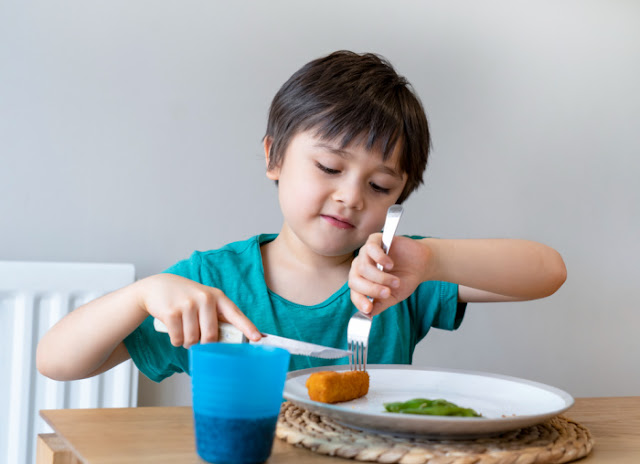



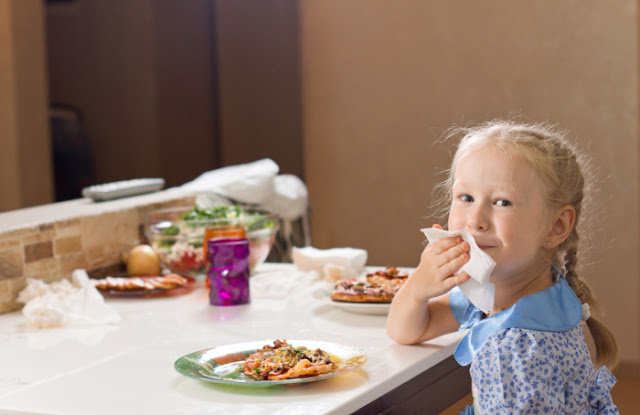


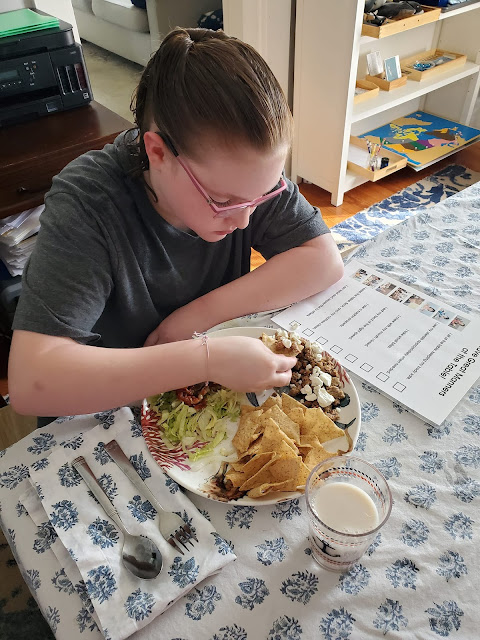



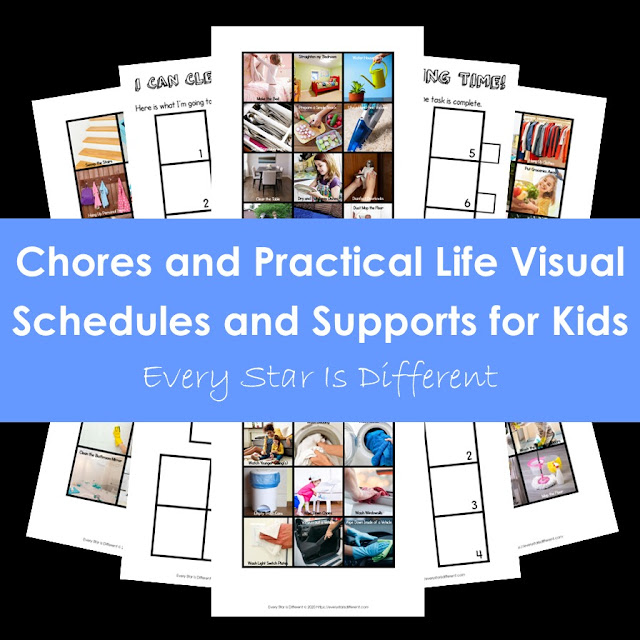

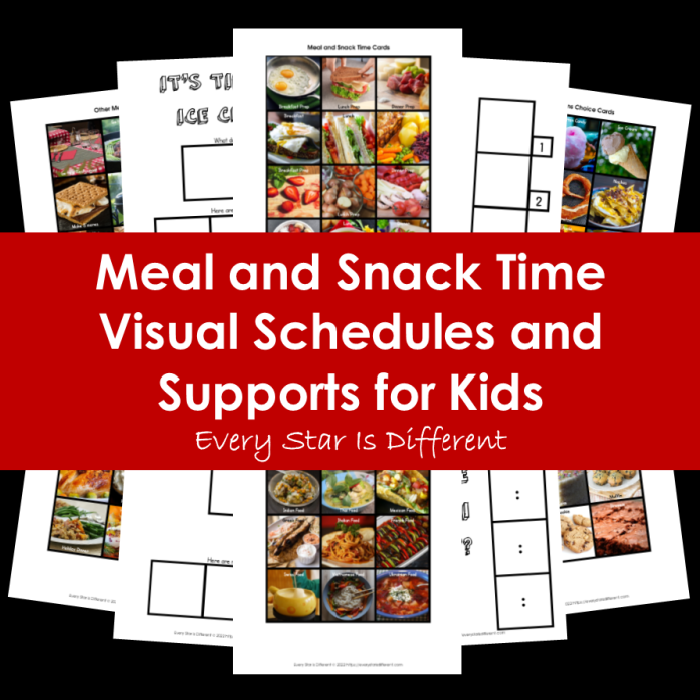
No comments:
Post a Comment